Blackeyed Susan Companion Plants That Will Enhance Your Garden
Black-eyed Susans (Rudbeckia hirta) are a popular garden flower for their cheerful yellow blooms and easy care. They are also a great choice for companion planting, as they can benefit from the company of other plants.
In this blog post, we will discuss some of the best black-eyed Susan companion plants. We will cover plants that enhance the beauty of black-eyed Susans, plants that deter pests, and plants that attract pollinators.
Plants that Enhance the Beauty of Black-Eyed Susans
- Coneflowers: Coneflowers are another member of the daisy family, and they make great companions for black-eyed Susans. They have similar growing requirements, and their blooms complement each other well.
- Bee balm: Bee balm is a nectar-rich plant that attracts bees, butterflies, and other pollinators. This is beneficial for black-eyed Susans, as these pollinators help to spread pollen and ensure that the plants set seed.
- Yarrow: Yarrow is a hardy perennial that blooms in shades of white, yellow, and red. It is a good choice for companion planting because it helps to deter pests.

- Blanket flowers: Blanket flowers are a colorful addition to any garden. They have daisy-like blooms in shades of orange, yellow, and red. Blanket flowers are also good at attracting pollinators.
- Russian sage: Russian sage is a tall, upright plant with blue or purple flowers. It blooms in late summer and fall, which is when black-eyed Susans are starting to decline. Russian sage helps to fill in the gaps in the garden and provides a splash of color during the late season.
Plants that Deter Pests
- Marigolds: Marigolds are a popular choice for companion planting because they help to deter pests. They release a scent that is unpleasant to many insects, including aphids, spider mites, and whiteflies.
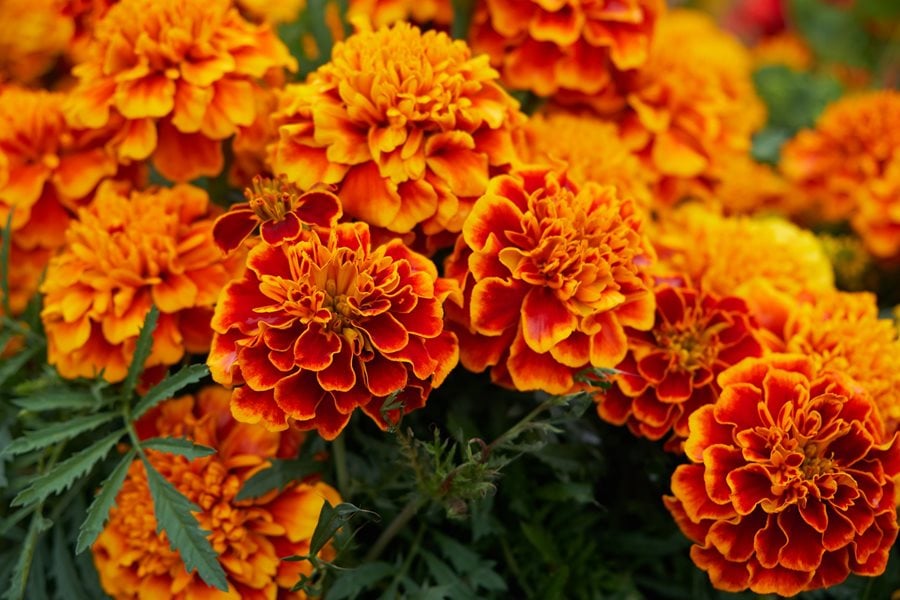
- Nasturtiums: Nasturtiums are another pest-deterrent plant. They have a strong scent that is unpleasant to many insects, and they also attract beneficial insects, such as ladybugs and lacewings.
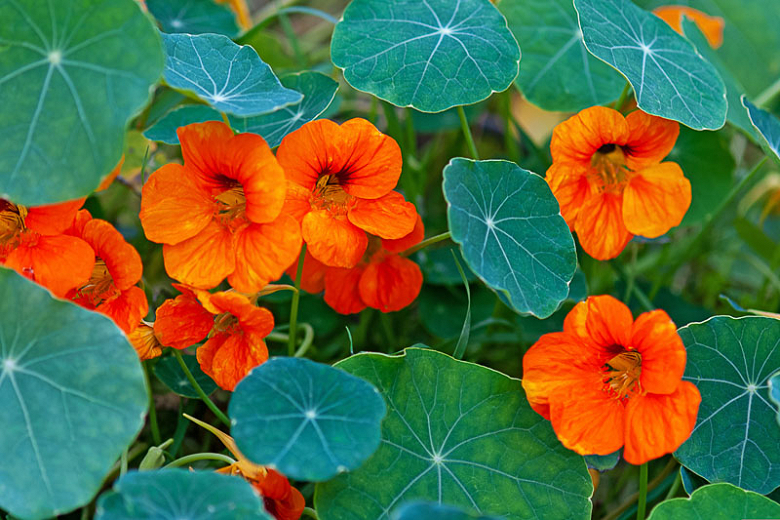
- Dill: Dill is a herb that is often grown in vegetable gardens, but it can also be a good companion plant for black-eyed Susans. Dill attracts beneficial insects, such as hoverflies and parasitic wasps.
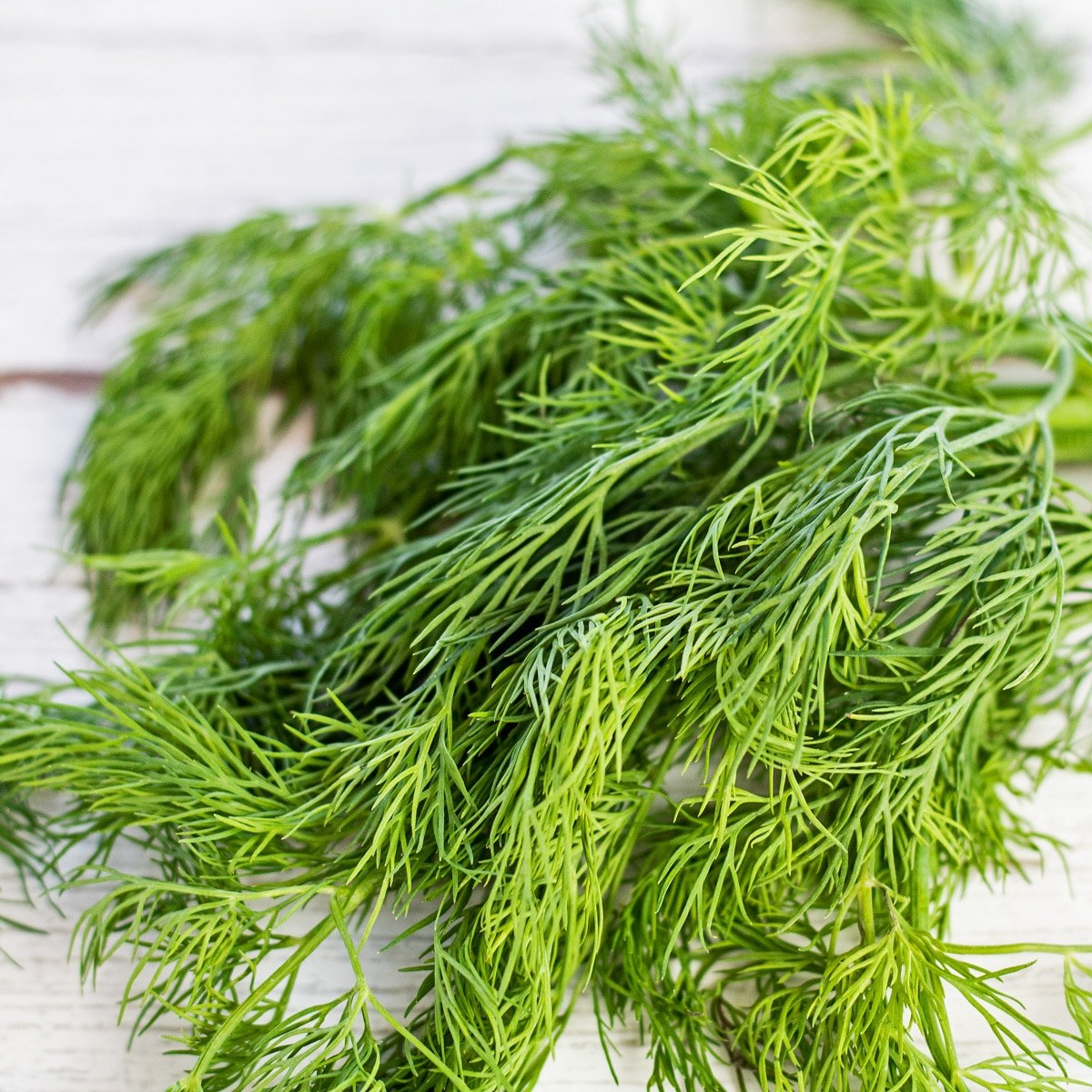
- Chives: Chives are another herb that can be a good companion plant for black-eyed Susans. They release a scent that is unpleasant to many insects, and they also attract beneficial insects.
- Garlic: Garlic is a strong-scented herb that can help to deter pests. It is also a good choice for companion planting because it helps to improve the soil.

Plants that Attract Pollinators
- Sunflowers: Sunflowers are a popular choice for companion planting because they attract bees, butterflies, and other pollinators. This is beneficial for black-eyed Susans, as these pollinators help to spread pollen and ensure that the plants set seed.
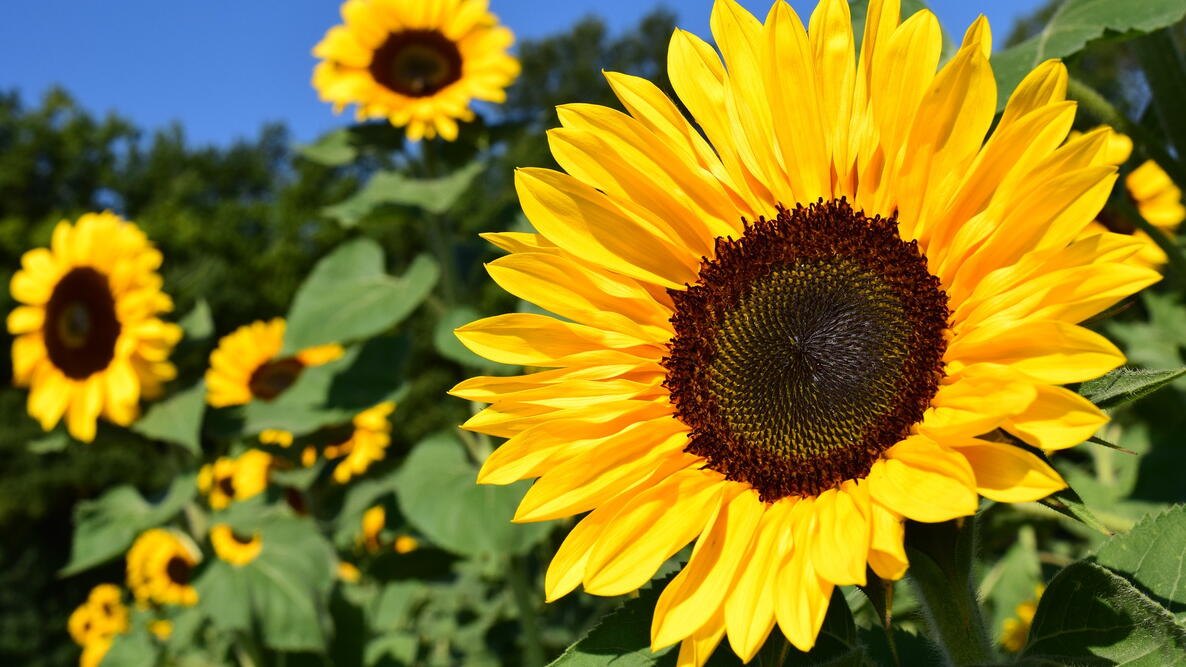
- Zinnias: Zinnias are another colorful flower that attracts pollinators. They come in a variety of colors, including yellow, orange, red, and purple.
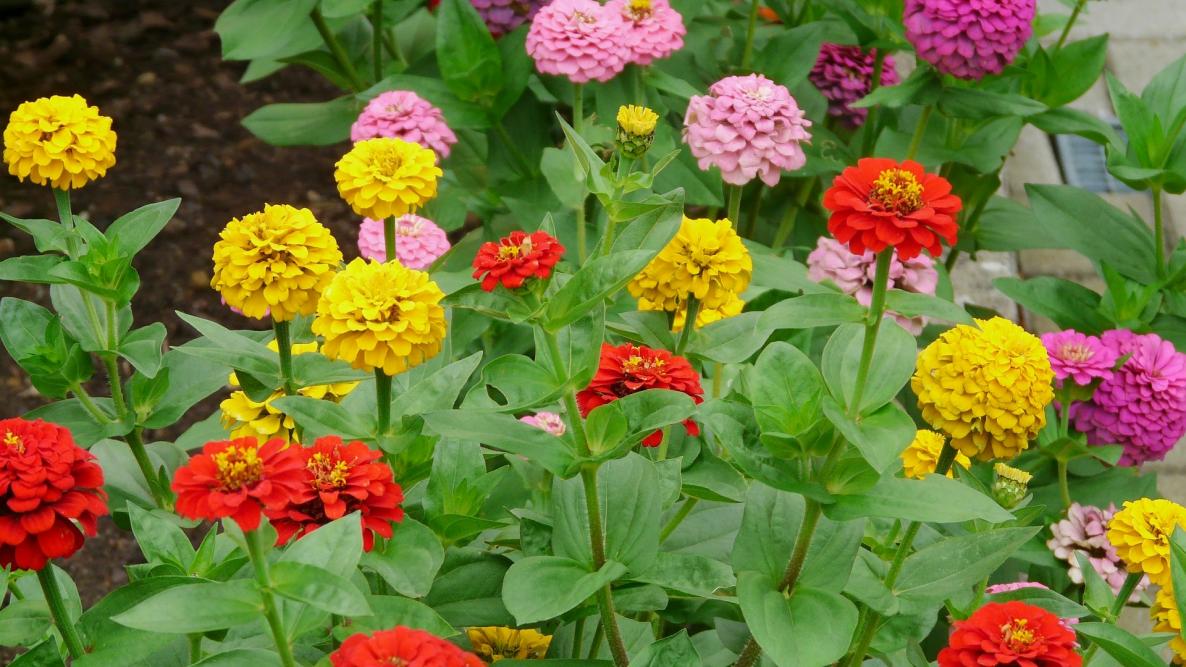
- Cosmos: Cosmos are a delicate flower that is native to Mexico. They come in a variety of colors, including white, yellow, pink, and purple. Cosmos attract bees, butterflies, and other pollinators.

- Echinacea: Echinacea is a medicinal herb that is also a good choice for companion planting. It attracts bees, butterflies, and other pollinators.
- Asters: Asters are a late-season bloomer that attracts bees, butterflies, and other pollinators. They come in a variety of colors, including blue, purple, pink, and white.
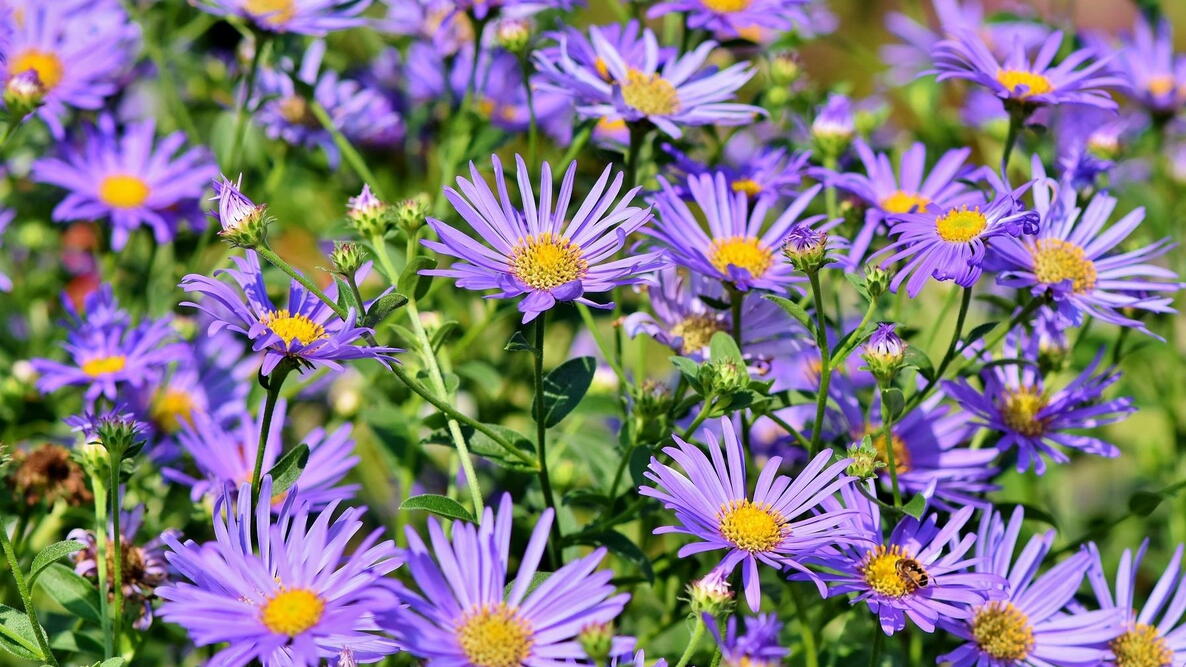
Conclusion
Black-eyed Susans are a beautiful and easy-care flower that can be enhanced by companion planting. By choosing the right companion plants, you can create a garden that is both beautiful and beneficial to the environment.
Black-eyed Susans are a beautiful addition to any garden, but they can be even more stunning when paired with the right companion plants. The right companions can help to enhance the black-eyed Susans' color, attract pollinators, and deter pests.
There are many different companion plants that can be paired with black-eyed Susans, but some of the best include:
- Marigolds: Marigolds are a classic companion plant for black-eyed Susans, and for good reason. They not only add a splash of color to the garden, but they also help to repel pests.
- Yarrow: Yarrow is another great companion plant for black-eyed Susans. It helps to improve the drainage of the soil, which can help to prevent black-eyed Susans from getting root rot.
- Lavender: Lavender is a beautiful and fragrant plant that can be paired with black-eyed Susans to create a calming and relaxing atmosphere.
- Bee balm: Bee balm is a great plant for attracting pollinators, which can help to improve the pollination of the black-eyed Susans.
If you're looking for more information about black-eyed Susan companion plants, I recommend visiting Garden Wiki. This website has a comprehensive list of companion plants for black-eyed Susans, as well as information on how to choose the right companions for your garden.
FAQ of black eyed susan companion plants
What are some good companion plants for black-eyed Susans?
There are many great companion plants for black-eyed Susans, but some of the best include:
- Coneflowers: These tall, daisy-like flowers have similar growing conditions to black-eyed Susans, and they will bloom at the same time.
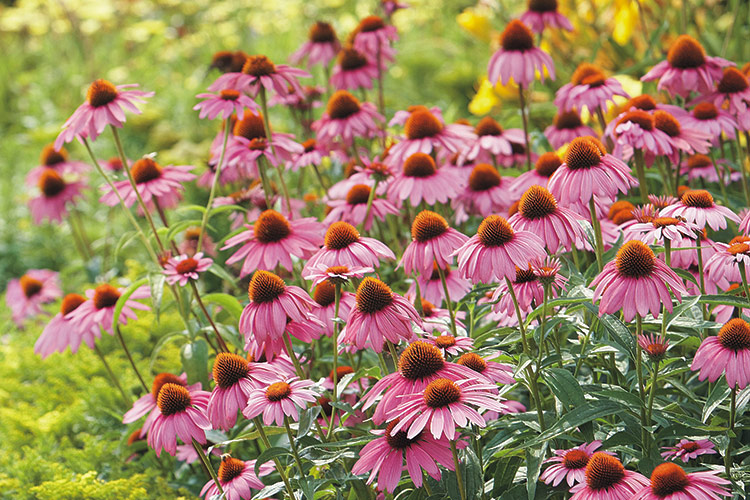
- Echinacea: These spiky, purple flowers are known for their medicinal properties, and they can help to deter pests from black-eyed Susans.
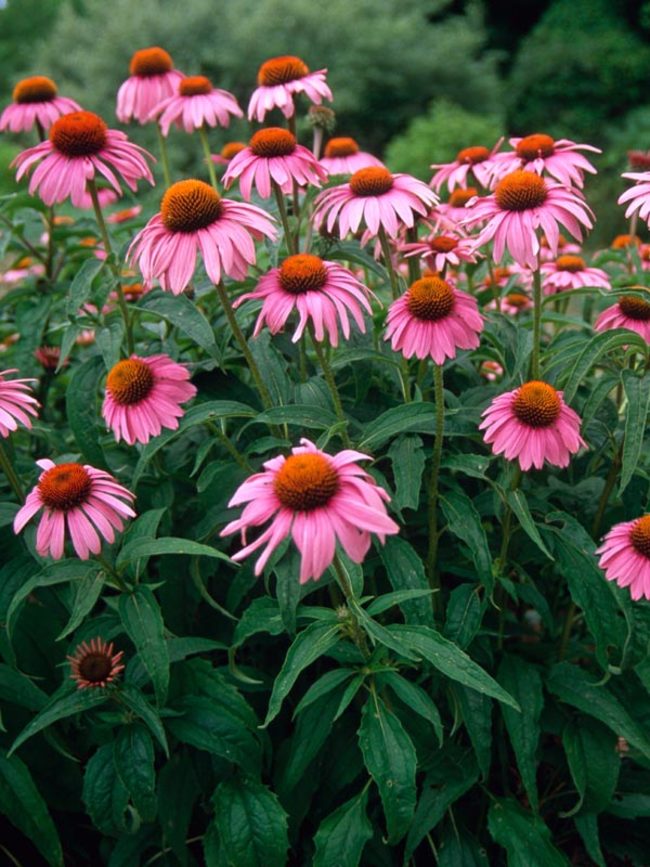
- Zinnias: These brightly colored flowers come in a variety of colors, and they will bloom all summer long.
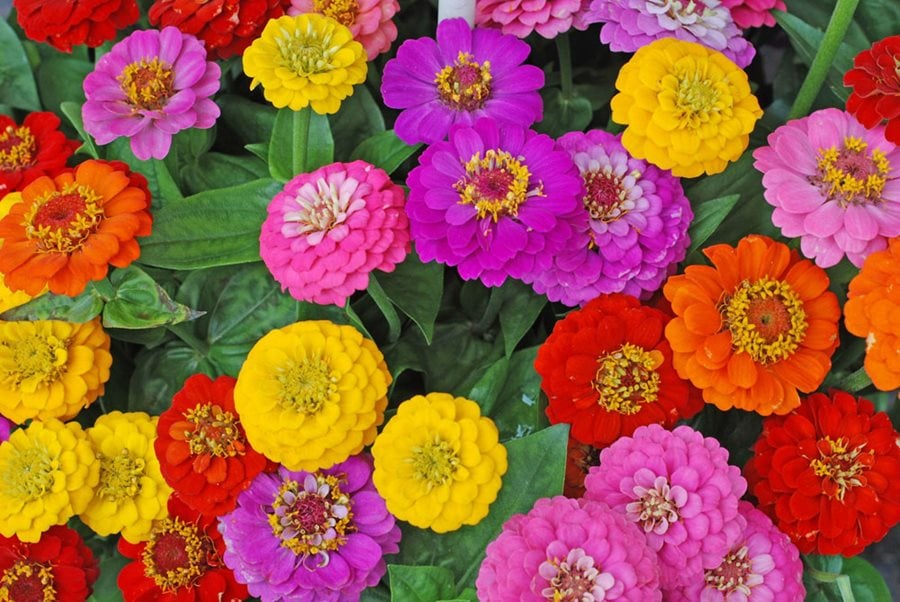
- Russian sage: This tall, blue-flowered plant is drought-tolerant and attracts butterflies.
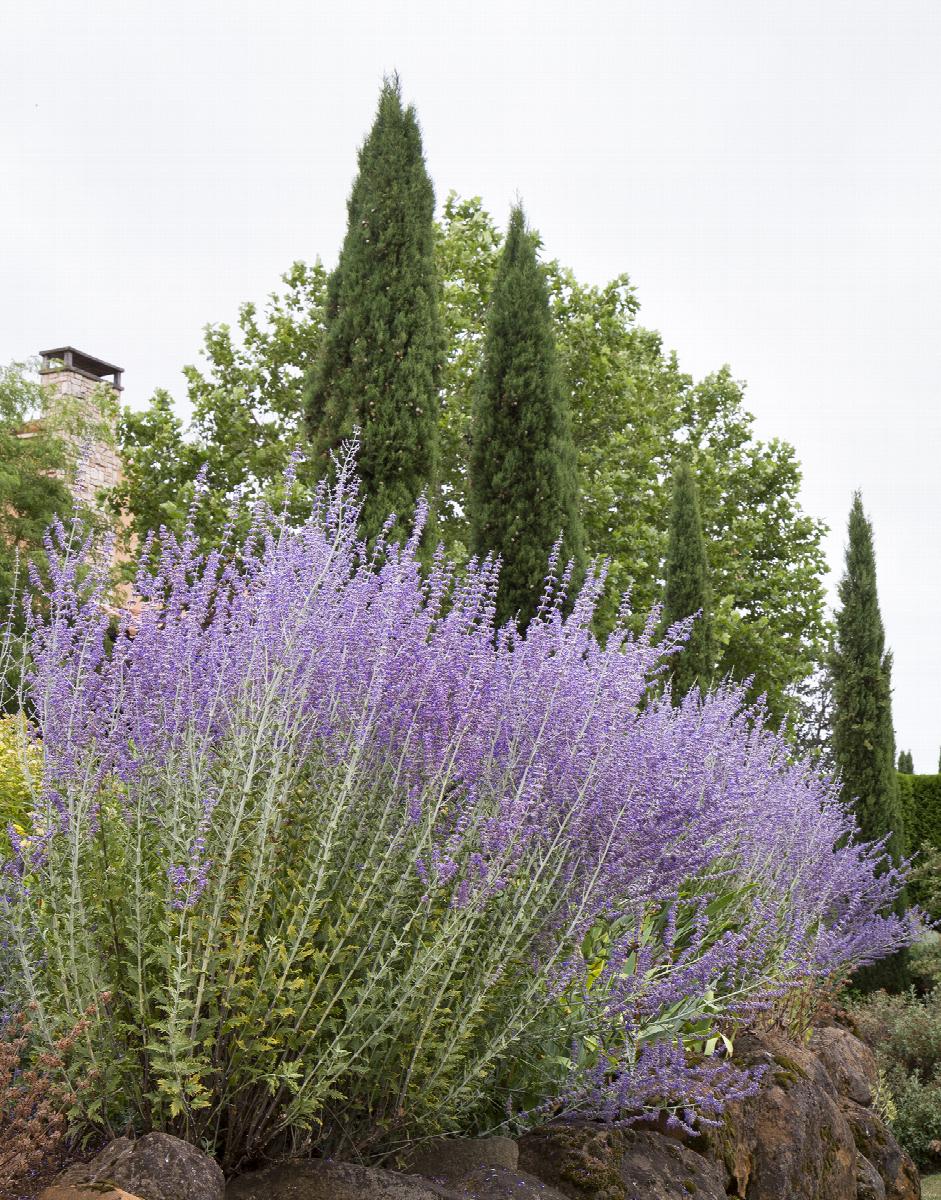
- Sedum: These low-maintenance succulents come in a variety of colors, and they will add interest to your garden all year long.

What are the benefits of companion planting with black-eyed Susans?
There are many benefits to companion planting with black-eyed Susans. Some of the most important benefits include:
- Attracting pollinators: Black-eyed Susans are a favorite of butterflies, bees, and other pollinators. Companion planting with other flowers that attract pollinators can help to create a more diverse and beneficial ecosystem in your garden.
- Disease and pest control: Some companion plants can help to deter pests from black-eyed Susans. For example, echinacea is known for its medicinal properties, and it can help to repel insects.
- Complementing colors: Companion planting can be a great way to complement the colors of your black-eyed Susans. For example, coneflowers and zinnias come in a variety of colors that can be paired with the yellow or orange flowers of black-eyed Susans.
- Adding interest: Companion planting can add interest to your garden by providing different textures, heights, and colors. For example, sedum is a low-maintenance succulent that can add contrast to the tall, upright growth of black-eyed Susans.
What are some common mistakes to avoid when companion planting with black-eyed Susans?
There are a few common mistakes to avoid when companion planting with black-eyed Susans. These include:
- Planting too close together: Black-eyed Susans need plenty of space to grow. If you plant them too close together, they will compete for resources and may not bloom as well.
- Planting in the wrong location: Black-eyed Susans need full sun to thrive. If you plant them in a shady spot, they will not bloom as much.
- Not watering enough: Black-eyed Susans need regular watering, especially during hot, dry weather. If you do not water them enough, they will wilt and may not bloom as well.
How do I choose the right companion plants for my black-eyed Susans?
When choosing companion plants for your black-eyed Susans, there are a few factors to consider:
- Growing conditions: Make sure that the companion plants you choose have similar growing conditions to black-eyed Susans. This includes sun exposure, soil type, and water needs.
- Color: Consider the colors of your black-eyed Susans when choosing companion plants. You can choose plants that complement the colors of your black-eyed Susans, or you can choose plants with contrasting colors to create a more visually interesting garden.
- Height: Consider the height of your black-eyed Susans when choosing companion plants. You can choose plants that are the same height as your black-eyed Susans, or you can choose plants that are taller or shorter to create different levels in your garden.
- Texture: Consider the texture of your black-eyed Susans when choosing companion plants. You can choose plants with smooth or hairy leaves, or you can choose plants with coarse or delicate leaves to create a variety of textures in your garden.
Image of black eyed susan companion plants
5 different images of "black eyed susan companion plants" from Pinterest:
- Coneflower
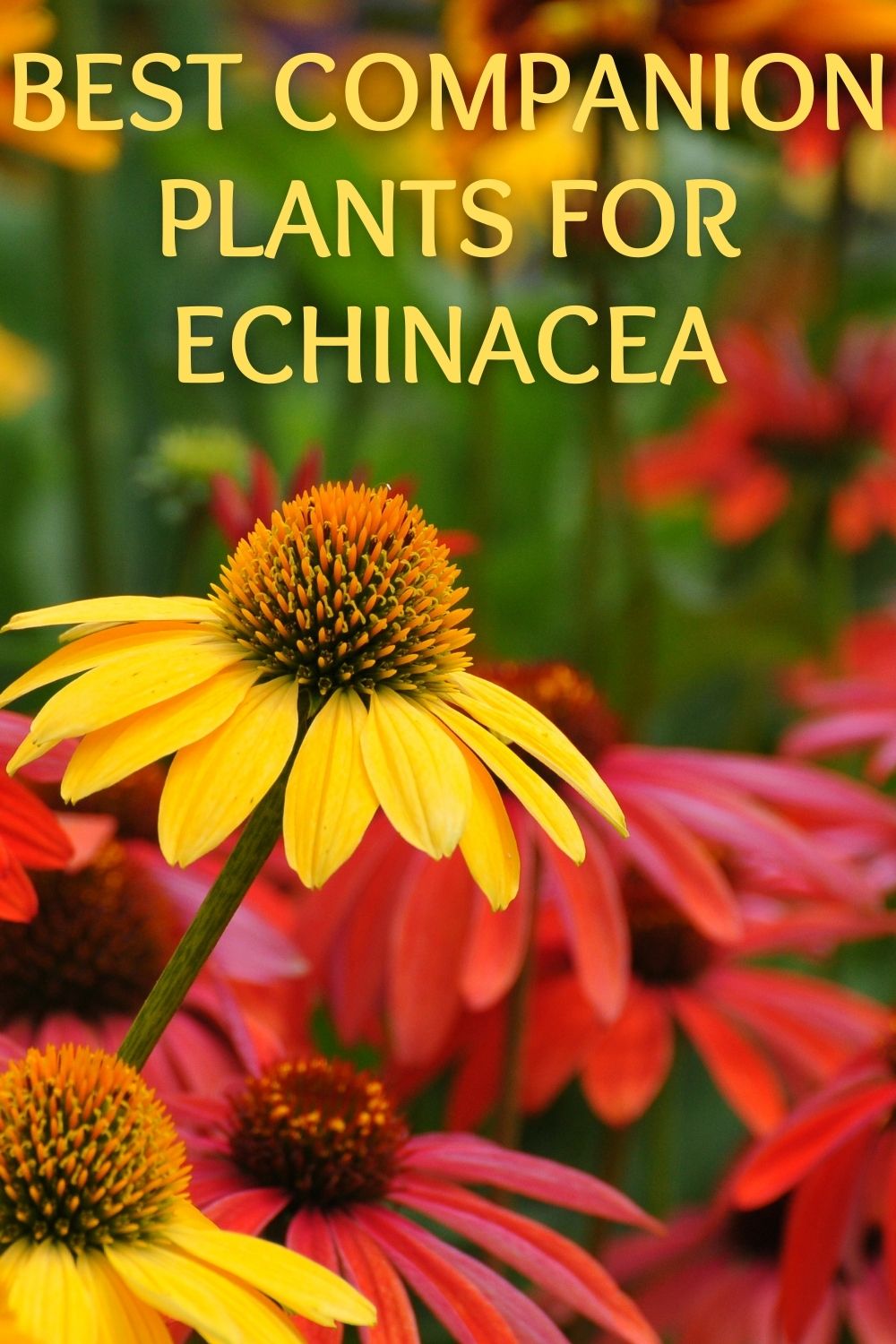 Coneflowers are a great companion plant for black-eyed Susans because they have similar growing requirements and bloom at the same time. They also attract pollinators, which can help to improve the health of both plants.
Coneflowers are a great companion plant for black-eyed Susans because they have similar growing requirements and bloom at the same time. They also attract pollinators, which can help to improve the health of both plants. - Yarrow
 Yarrow is another good companion plant for black-eyed Susans because it helps to deter pests. It also has medicinal properties, which can be beneficial for humans and animals.
Yarrow is another good companion plant for black-eyed Susans because it helps to deter pests. It also has medicinal properties, which can be beneficial for humans and animals. - Salvia
 Salvia is a beautiful and versatile plant that can be used as a companion plant for black-eyed Susans. It attracts pollinators and helps to deter pests. Salvia also comes in a variety of colors, so you can choose one that complements your black-eyed Susans.
Salvia is a beautiful and versatile plant that can be used as a companion plant for black-eyed Susans. It attracts pollinators and helps to deter pests. Salvia also comes in a variety of colors, so you can choose one that complements your black-eyed Susans. - Bee balm
 Bee balm is a great choice for attracting pollinators to your garden. It also has a pleasant scent that can help to deter pests. Bee balm is a perennial plant, so it will come back year after year.
Bee balm is a great choice for attracting pollinators to your garden. It also has a pleasant scent that can help to deter pests. Bee balm is a perennial plant, so it will come back year after year. - Marigolds
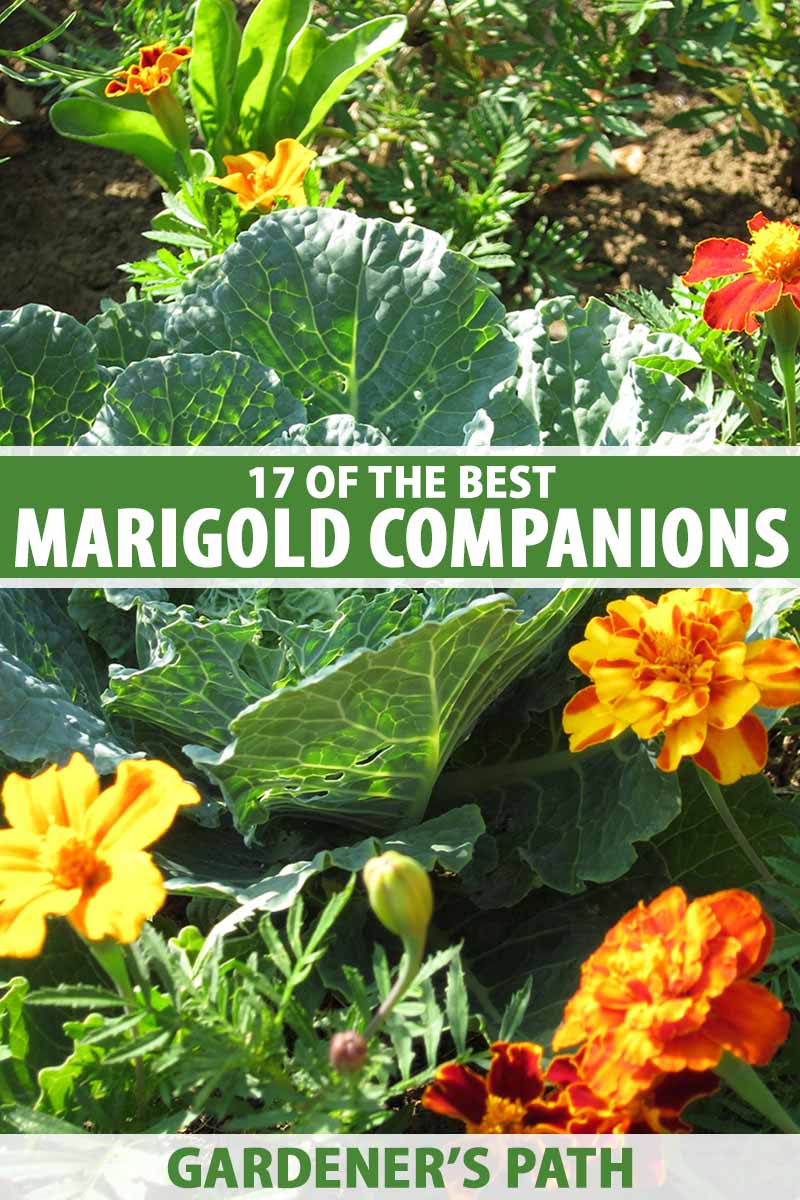 Marigolds are another excellent choice for companion plants. They help to deter pests and attract pollinators. Marigolds are also easy to grow and care for.
Marigolds are another excellent choice for companion plants. They help to deter pests and attract pollinators. Marigolds are also easy to grow and care for.

Post a Comment for " Blackeyed Susan Companion Plants That Will Enhance Your Garden"